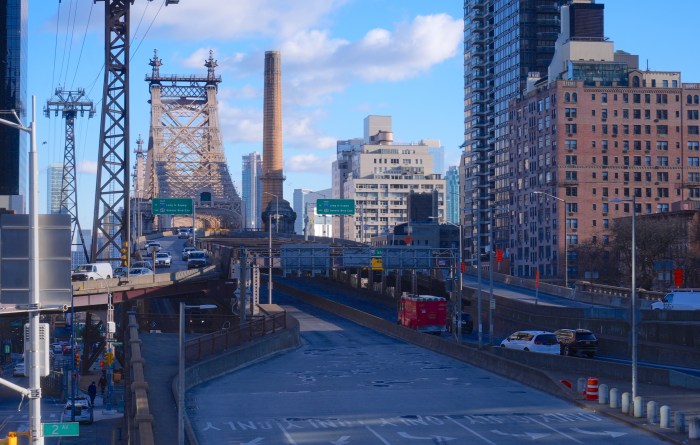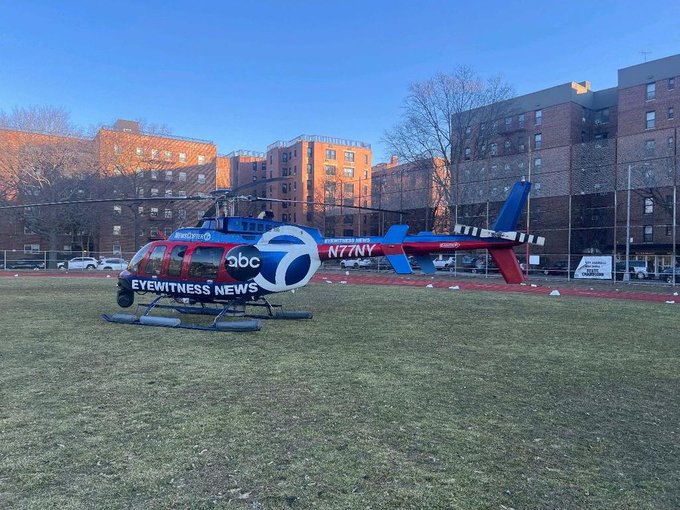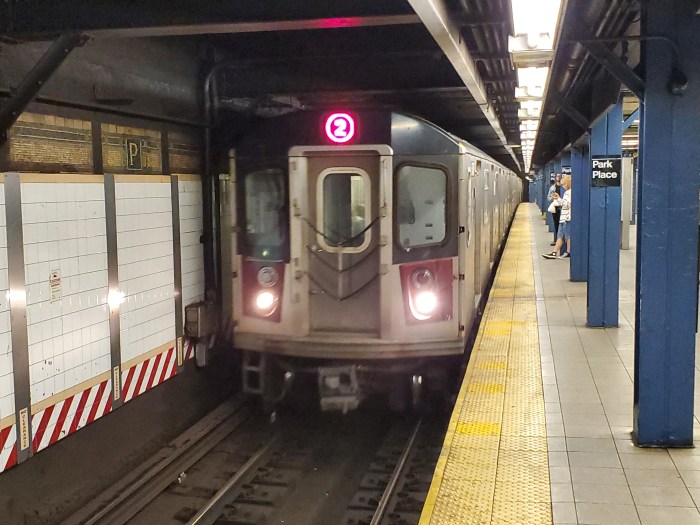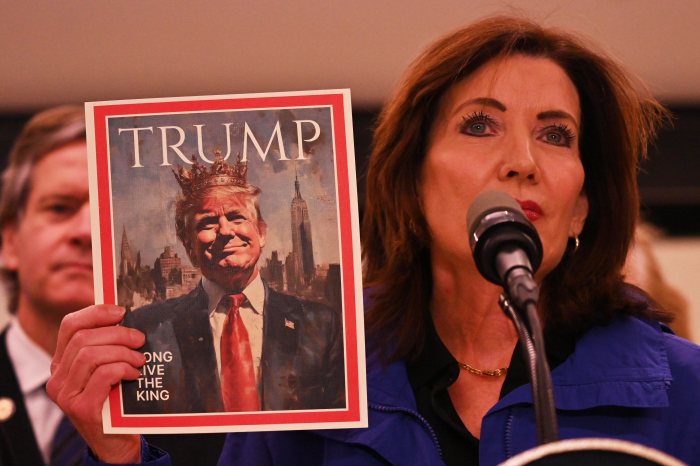Commuters are doing all they can to avoid subway and bus service outside of rush hour and the heart of Manhattan.
The MTA has seen the sharpest declines in ridership in both outer-borough and off-peak service, as reliability suffers citywide and riders increasingly move to e-hail services such as Uber and Lyft, according to a new analysis from the authority released Monday.
“This is the best analysis and evidence we have to date of not just a correlation between for-hire vehicle growth and subway ridership decline, but actual causation,” said Tim Mulligan, NYC Transit’s executive vice president, who presented the data to the authority’s board.
Subway and bus ridership steadily grew since the 1980s, but the trip increases began slowing around 2012. Bus ridership began its current decline in 2014, with the subways following suit in 2016. Meanwhile taxi and e-hail ridership surged by 11.9 percent, from 429 million trips to 480 million trips between 2012 and 2016. And between 2016 to 2017 alone, subway and bus service combined lost 69 million trips, while e-hails and taxis picked up 63 million new trips.
Biking has also become more popular over the years, too, experiencing a 44 percent in increase in ridership, from 138 million trips in 2012 to 199 million in 2017, according to the MTA.
The figures mostly confirm what many transit experts, advocates and the MTA itself have suspected. But the MTA did present some surprising findings, including that transit has seen a significant drop in student ridership. Between 2015 and 2017, average weekday student ridership — tracked by student MetroCard swipes — decreased 4.2 percent on subways and 13 percent on buses, a “somewhat troubling and mysterious” finding, Mulligan noted.
The MTA also linked declining ridership to its off-peak construction work. As weekend construction “nearly doubled” during weekends in recent years, ridership decreased by 7.3 percent, Mulligan said.
In the last 12 months of data, from May 2017 to May of this year, subway trips outside the central business district tanked. Bronx and Queens ridership dropped the most in that year, declining by 8.2 percent and 6.6 percent, respectively. Brooklyn subway ridership dropped by 3.1 percent and ridership within uptown Manhattan dropped by 5.9 percent. Some of those areas are where e-hail ridership grew the most.
Looking at Taxi & Limousine Commission data from the last six months of 2017, a recent report from the Tri-State Transportation Campaign found that 36 percent of e-hail pickups and drop-offs are made in neighborhoods where the average income is below $45,000.
Peter Ward, an MTA board member, believes that the shifting of ridership to Uber and Lyft “speaks volumes” about the poor state of MTA service — that perhaps less well-off outer-borough residents are “forced to spend money they can’t afford to spend to have reliable transit service.”
Mulligan contextualized the ridership drop as part of a national and international trend of riders abandoning transit. E-hails are at commuters’ fingertips and gas prices have dropped and remain low since 2015.
But the MTA analysis didn’t touch on what role increasingly poor subway and bus service plays in the trends in New York. The percentage of trains that didn’t reach the end of their runs on time nearly doubled, from 16.3 percent in May of 2012 to 32 percent this June. Slow and delayed trains mean that even as ridership drops, trains are still crowded.
“The better-performing lines, it would be interesting to see if they’re also retaining ridership better,” said MTA board member Scott Rechler.
Mulligan said the report is meant to highlight the need to fund NYC Transit president Andy Byford’s Fast Forward plan to modernize subway and bus service. While the plan has received high praise from advocates and the MTA board, the city and state continue to fight over who is going to pay for it.
Meanwhile, since Byford took his post six months ago, bus and subway service haven’t seen significant improvements; more than 56,000 trains were delayed in June. Byford pledged to take immediate action to cut out 10,000 delay incidents per month by the end of the year.




































